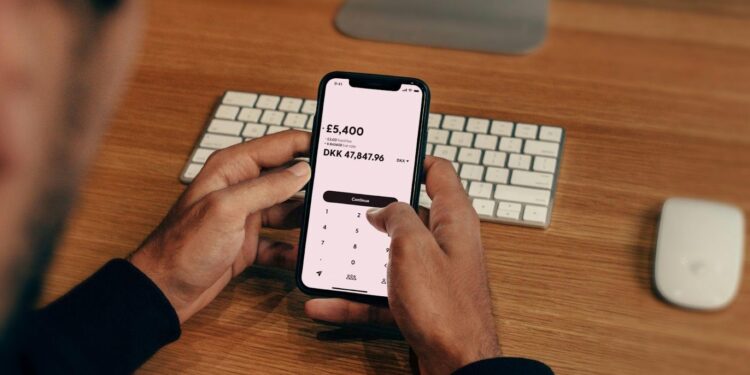Mobile technology has improved consumer convenience significantly, allowing people to carry out the majority of day-to-day tasks via dedicated apps. One of the biggest beneficiaries of this is the e-commerce industry, as people exercise their freedom to shop with a variety of local, national, and international vendors.
Online payments are relatively straightforward, with most online operators accepting a variety of payment methods. But how safe are online payments and the apps we use to process them? We explore the most popular payment methods and how secure these apps really are.
Crypto Payments
While the most common payment methods available to consumers are direct card payments or third-party payment platforms, a growing number are beginning to recognize the benefits of decentralized digital currencies.
Cryptocurrencies can offer consumers a faster way to carry out online transactions, have lower fees, and improved transparency and security. This has seen a surge in interest, with many quick to invest in new projects or explore futures markets where they can attempt to predict whether values will rise or fall without having to invest in specific coins. (Source: Coinfutures.io)
Users can avoid having to provide personal information by making crypto payments, thanks to its peer-to-peer functionality. This is a massive security benefit, making it significantly more difficult for cybercriminals to steal sensitive data.
Payment Apps
While crypto payments offer a lot of benefits, not all consumers have been convinced to switch to completely digital assets. However, traditional payment methods still offer a way for people to make payments, with some built-in security protocols in place to mitigate the risk of fraud.
Security Features
The reputation of payment apps relies on being able to provide secure and convenient ways for consumers to make and receive online payments. The following security features help to protect user data and minimize the risk of accounts being hacked.
Tokenization
The tokenization of secure details protects sensitive information like bank accounts and card numbers by creating unique digital tokens for each transaction.
Encryption
Encrypted data provides the required information to the receiver in a scrambled format. It can only be unscrambled by whoever receives the key, ensuring information is protected even if it is intercepted.
Multi-Factor Authentication
Account security is something that most sites take extremely seriously. Multi-factor authentication processes will require the user to provide their secure password and verify their identity in another way. Most commonly, this requires the user to enter a code provided to a phone number or email address linked to the account.
Biometric authentication is also being implemented across a lot of sites, requiring users to confirm their identity through fingerprint or facial recognition technology.
Payment App Risks
Despite the robust security protocols enacted by payment service apps, there are still risks that users should be aware of.

Public Wi-Fi
Using public Wi-Fi connections can leave consumers open to having sensitive information intercepted. Most public Wi-Fi services won’t have protections or encryption in place, making it easier for scammers to target.
Malicious Downloads
Cyber criminals constantly update techniques to get information from people and have been known to create sophisticated app replicas to get users to download them. This can result in consumers providing sensitive data directly to scammers, making it important for users to verify the legitimacy of the app.
Update Requirements
We have all put off updating an app when we want to use it, but this can put accounts at risk. App updates are designed to improve the user experience, fix bugs, and improve security. If updates are not completed, potential security issues that have been resolved by the operator could still cause issues for the consumer.
Phishing Scams
Phishing scams are another way that scammers try to access accounts or get sensitive data from users. Phone calls and emails pretending to be from legitimate sources will attempt to get details from users, so verifying who is calling should be a priority.
Staying Safe with Online Payments
While the vast majority of consumers won’t be targeted by scammers, and the security protocols put in place by payment apps will usually protect them, it is worth doing everything you can to minimize the risk, including:
- Using official app stores
- Enabling biometric authentication
- Using two-factor authentication
- Updating apps as soon as they are available
- Avoiding public Wi-Fi
Conclusion
Online security is a priority for billions of smartphone users around the world, and payment apps are perhaps among the most sensitive options for consumers to worry about. Thankfully, operators already have significant security protocols in place, but that doesn’t remove the threat completely.
Many cyber criminals are opportunistic and will look for easy targets. By ensuring apps are updated and you have implemented all the available security procedures, consumers will significantly reduce the risk of being targeted.


























































